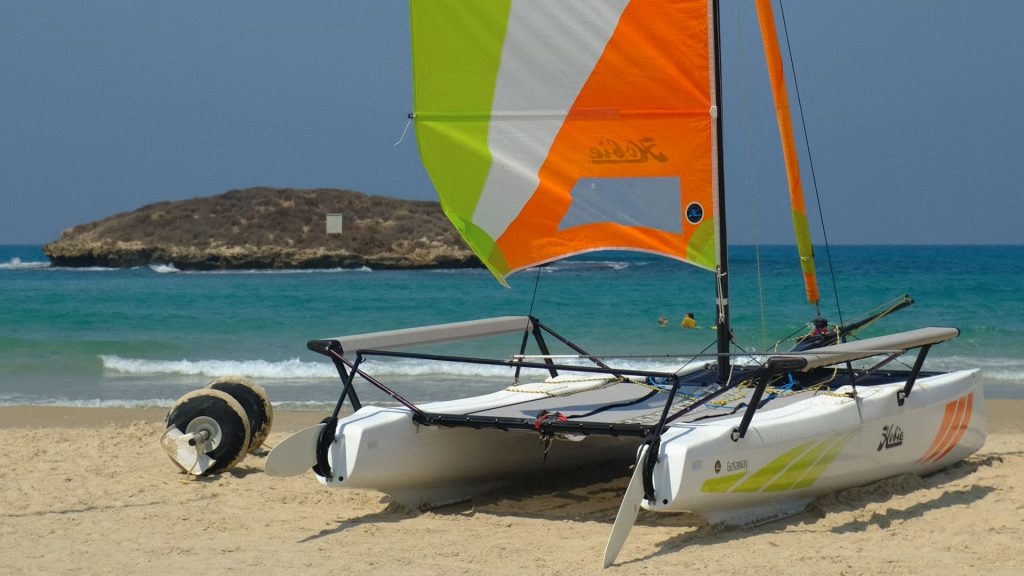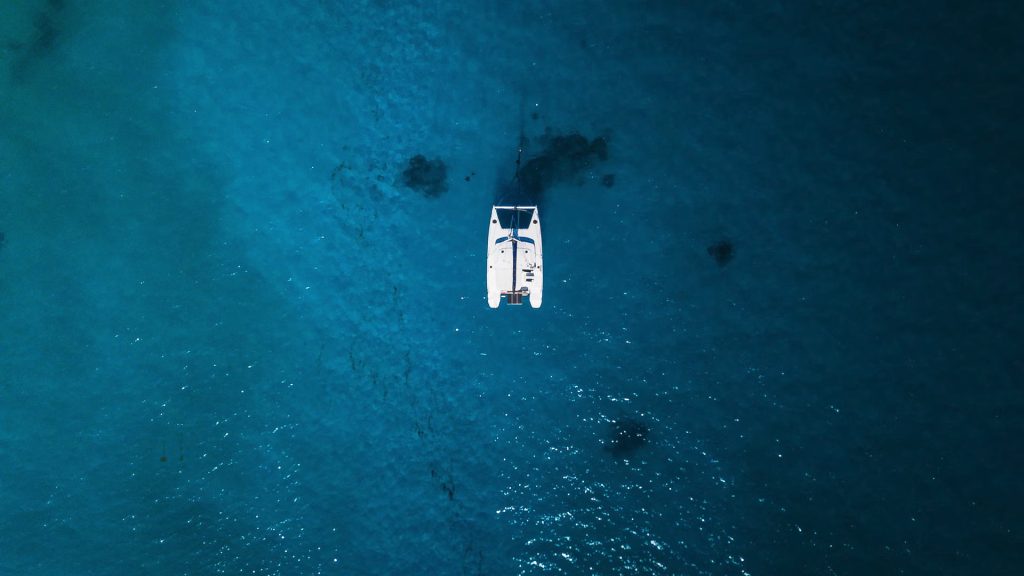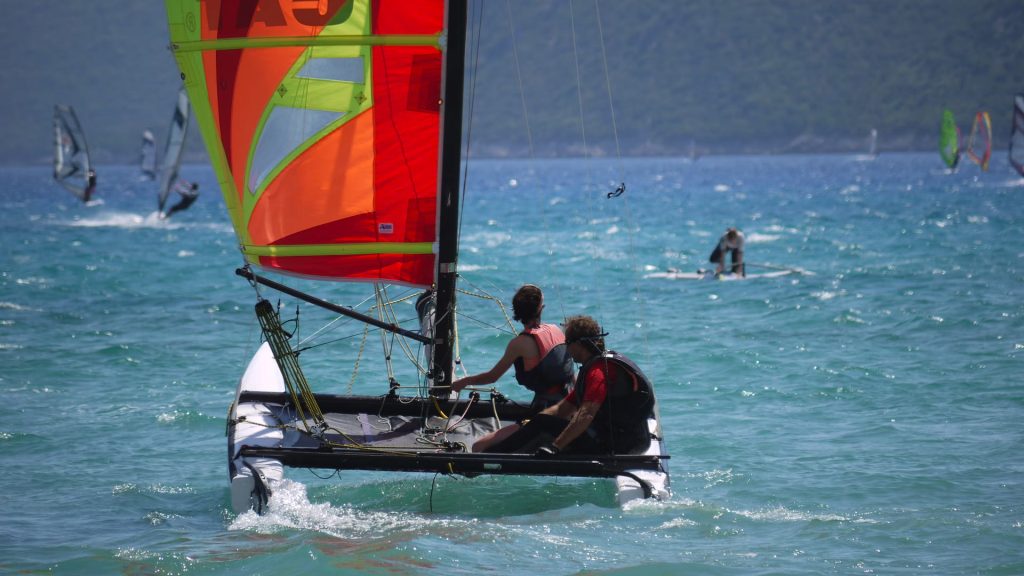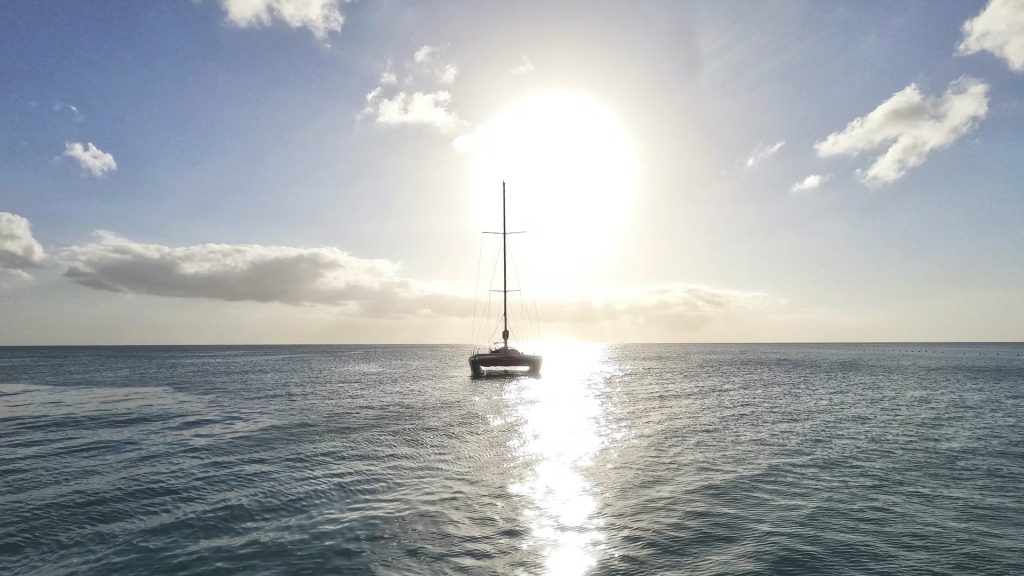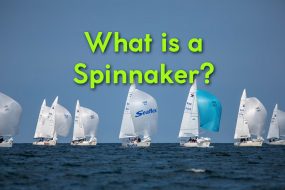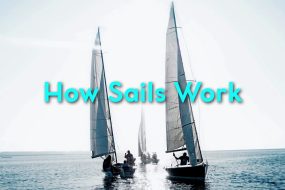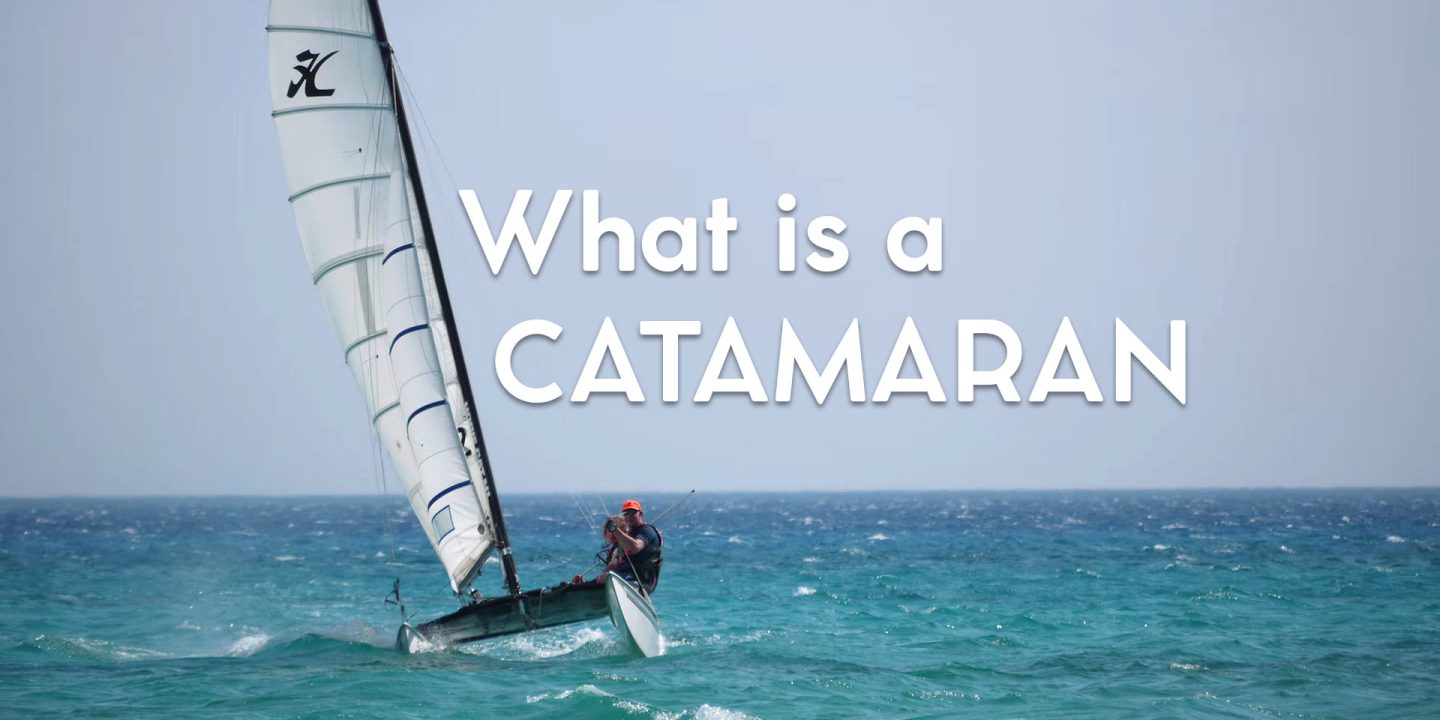
What is a catamaran?
Introduction
A catamaran is a twin-hulled vessel, typically with two parallel hulls of equal size. It is sailed by the wind from a central mast, and its stability derives from the wide beam of its hulls. Catamarans are used for pleasure sailing and racing and for commercial and military purposes.
A catamaran is a type of boat with two parallel hulls, or large floatation devices, and is propelled by the wind from a central mast. Catamarans are often used for pleasure sailing, racing, and commercial and military purposes. The stability of a catamaran comes from the wide beam of its hulls.
If you’re thinking about buying or building a catamaran, you should know a few things. In this blog post, we’ll cover everything from the history of catamarans to the benefits of owning one. Keep reading to learn all about catamarans!
What is a catamaran?
A catamaran is a type of sailing vessel typically characterized by having two parallel hulls, or beams, connected by crossbeams. Catamarans are often used for pleasure cruising and racing and are popular as charter boats. Some catamarans even have cabins and other amenities suitable for live-aboard cruising.
While they are not as fast or maneuverable as monohull sailing vessels, catamarans have several advantages, including greater stability and more living space. They are also less expensive to build and maintain than monohulls.
Catamarans come in various sizes, from small racing dinghies to large cabin cruisers. The term “catamaran” is derived from the Tamil word “kattumaram,” which means “logs tied together.” Early catamarans were simply two logs tied together with crossbeams, and the Tamil people of southern India used them for fishing and transportation.
Today, catamarans are built worldwide, and they are used for a wide range of purposes, from pleasure cruising and racing to live-aboard cruising and chartering. While they are not as fast or maneuverable as monohulls, catamarans have several advantages, including greater stability, more living space, and lower construction and maintenance costs.
The history of catamarans
Catamarans are believed to have originated in the southern part of India, where the Tamil people used them for fishing and transportation. The term “catamaran” is derived from the Tamil word “kattumaram,” which means “logs tied together.” Early catamarans were simply two logs tied together with crossbeams, and they did not have sails or other means of propulsion.
British naval architect William Foster designed the first Westernized catamaran in 1782. Foster’s catamaran was based on the Tamil fishing boats he had seen in India, and it was intended to be a faster and more stable alternative to the monohull vessels of the time. His design was not successful, but it did inspire other designers to develop their own versions of the catamaran.
One of the most successful early catamarans was designed by French shipwright Alexandre Guyon in 1838. Guyon’s catamaran was used to transport mail between Martinique and St. Lucia, and it proved to be much faster and more stable than the monohull vessels used for the same purpose.
The popularity of catamarans increased rapidly in the second half of the 19th century, thanks in part to the work of American yacht designer Nathanael Herreshoff. Herreshoff’s catamarans were used extensively in racing, and they helped to popularize the type of vessel among recreational sailors.
The benefits of owning a catamarans boat
While catamarans are not as fast or maneuverable as monohulls, they have several advantages, including greater stability, more living space, and lower construction and maintenance costs. Catamarans are also less likely to capsize than monohulls, making them a safer choice for recreational sailors.
Another benefit of owning a catamaran is that they can be easily beached or docked thanks to their shallow draft. This makes them ideal for use in areas with limited mooring options, such as coral reefs or narrow rivers.
Finally, catamarans tend to have a softer ride than monohulls, making them more comfortable for extended cruising or live-aboard sailing. This is due to the fact that catamarans have two hulls, which helps to disperse the waves and reduce the amount of motion onboard.
Things to consider before buying or building a catamaran sailboat
One of the first things to consider before buying or building a catamaran is its intended use. Catamarans are available in a wide range of sizes, from small racing dinghies to large cabin cruisers, and each type of vessel has its own strengths and weaknesses.
Another important consideration is the draft of the catamaran. Catamarans have shallower drafts than monohulls, making them ideal for use in shallow waters and limiting their ability to sail in windy conditions.
Finally, it is crucial to consider the costs of owning a catamaran. While they are generally less expensive to build and maintain than monohulls, catamarans can be more expensive to insure due to their greater size and weight.
Before making a final decision, it is important to consult with experienced sailors and catamaran owners to get their advice on the best type of vessel for your needs. With a little bit of research, you should be able to find the perfect catamaran for your sailing adventures.
How do catamarans differ from monohulls?
The most noticeable difference between sailing catamarans and monohulls is that catamarans have two hulls while monohulls only have one. This design gives catamarans several advantages, including greater stability, more living space, and shallower drafts.
Are catamarans difficult to sail?
While catamarans are not as fast or maneuverable as monohulls, they are generally easier to sail thanks to their stability. Catamarans are also less likely to capsize than monohulls, making them a safer choice for recreational sailors.
How much do catamarans cost?
The price of a catamaran depends on its size and features. Small racing dinghies can cost as little as a few thousand dollars while large cabin cruisers can run into the millions.
Are there any disadvantages to owning a catamaran?
Some potential disadvantages of owning a catamaran include higher insurance costs and limited mooring options in shallow waters. However, these disadvantages are typically outweighed by the benefits of owning a catamaran, such as greater stability and more living space.
What is the future of catamarans?
The future of catamarans looks bright thanks to their many advantages over monohulls. Catamarans are more stable, spacious, and comfortable than monohulls, making them ideal for cruising, chartering, and live-aboard sailing.
Will catamarans eventually replace monohulls?
It is unlikely that catamarans will completely replace monohulls due to their different strengths and weaknesses. However, it is possible that catamarans will become more popular than monohulls in the future thanks to their numerous advantages.
Catamaran with foil
A catamaran with foil provides several benefits over a traditional monohulled vessel. The most notable advantages are increased speed, improved fuel efficiency, and reduced draft.
How does a catamaran with foil work?
A catamaran with foil works by using two hulls that are connected by one or more beams. The beams provide stability and act as a platform upon which the foils are mounted. The foils are what actually lift the hulls out of the water, reducing drag and allowing the vessel to reach higher speeds.
What are the disadvantages of a catamaran with foil?
The main disadvantage of a catamaran with foil is that it can be challenging to control in rough waters. The vessel is also not as maneuverable as a traditional monohulled boat.
How do I choose a suitable catamaran with foil for me?
When choosing a catamaran with foil, you need to consider several factors, including the size of the vessel, your intended use, and your budget. You should also make sure that you select a reputable manufacturer who offers a good warranty and support service.
What is a powered catamaran?
A powered catamaran is a type of vessel that uses two hulls for stability and is equipped with motors for propulsion. This type of vessel is often used in recreational boating or fishing, as it provides a stable platform for activities such as sunbathing or casting a fishing line. Catamarans are often used in recreational boating, but they can also be used for commercial purposes such as ferrying passengers or transporting cargo.
Powered catamarans also have the advantage of traveling in shallow waters, making them ideal for exploring coastal areas. Powered catamarans typically have either inboard or outboard motors.
Some catamarans also have sails, but they are not necessary for propulsion. Catamarans are stable and efficient vessels that can travel at high speeds. They offer a smooth ride and are relatively easy to operate.
However, catamarans can be challenging to maneuver in tight spaces, and their shallow draft makes them vulnerable to waves and wind. Catamarans are also more expensive than monohull vessels of comparable size.
The benefits of a powered catamaran
Powered catamarans have many advantages over other types of vessels. They are stable and efficient and offer a smooth ride. However, they can be difficult to maneuver in tight spaces, and their shallow draft makes them vulnerable to waves and wind. Catamarans are also more expensive than monohull vessels of comparable size.
Ideal uses for a powered catamaran
Powered catamarans are versatile vessels that can be used for many different purposes. They are stable and efficient and offer a smooth ride.
Some potential uses for powered catamarans include:
- Recreational boating
- Ferrying passengers
- Transporting cargo
- Fishing
- Research and exploration
- Military operations
Exploring coastal areas in a powered catamaran
Catamarans are also more expensive than monohull vessels of comparable size. Powered catamarans can be a great option for exploring coastal areas despite these challenges. Their shallow draft allows them to access areas that other vessels cannot reach, and their high speed makes them ideal for covering large distances. Catamarans are also relatively stable in rough seas, making them a good choice for exploring the exposed coastline.
Tips for choosing the right powered catamaran
When choosing a powered catamaran, there are several factors to consider. The most crucial factor is the intended use of the vessel.
Catamarans are available in a wide range of sizes and configurations, and some are better suited for specific purposes than others. It is also important to consider the size of the crew and the amount of cargo that will be transported. Other factors to consider include the draft, speed, and catamaran range.
The cost of a powered catamaran is also an important consideration. Catamarans are generally more expensive than monohull vessels of comparable size. However, they offer many advantages in terms of stability, efficiency, and speed.
Finally, it is important to consider the challenges of operating a catamaran. They can be difficult to maneuver in tight spaces, and their shallow draft makes them vulnerable to waves and wind. Catamarans are also more expensive than monohull vessels of comparable size.
With all of these factors in mind, it is possible to find the perfect powered catamaran for your needs.
Solar powered catamaran
Solar-powered catamarans are an environmentally friendly option for those looking to reduce their carbon footprint. Solar panels can be used to power the vessel or supplement the vessel’s primary source of power. Solar-powered catamarans are typically more expensive than traditional vessels but offer the benefits of being emissions-free. Solar-powered catamarans are also relatively easy to operate and maintain.
Conclusion about catamarans
A catamaran is a type of boat that consists of two hulls connected by one or more beams. The word “catamaran” comes from the Tamil language, and it was first used to describe the traditional fishing boats of the region. Catamarans were originally designed for use in shallow waters, but they have since been adapted for use in various environments.
There are many benefits to owning a catamaran, including increased speed, improved fuel efficiency, and reduced draft. However, there are also some things to consider before buying or building a catamaran, such as the size of the vessel, your intended use, and your budget. If you’re thinking about getting a catamaran, do your research and choose a reputable manufacturer who offers a good warranty and support service.
Thanks for reading! We hope this article has helped you learn more about catamarans and their benefits.
If you have any further questions about catamarans, feel free to ask in the comments section below. Happy sailing!



